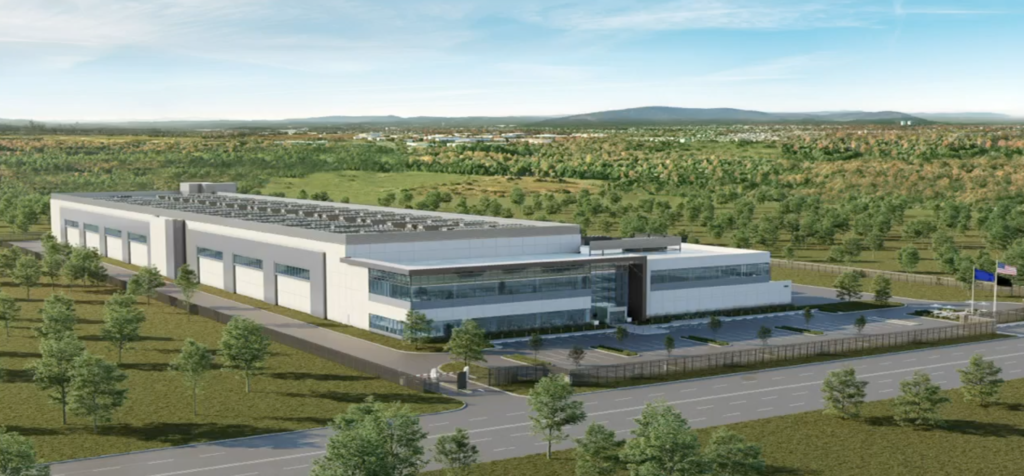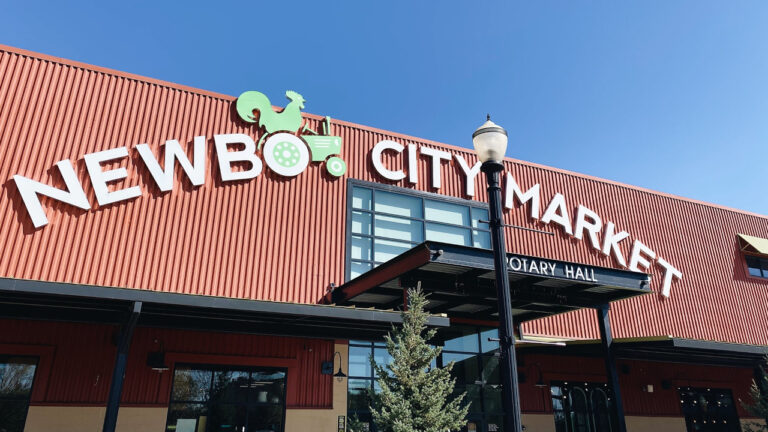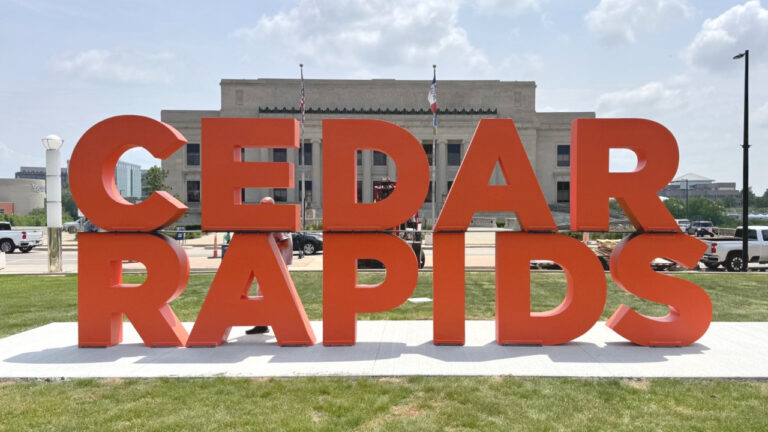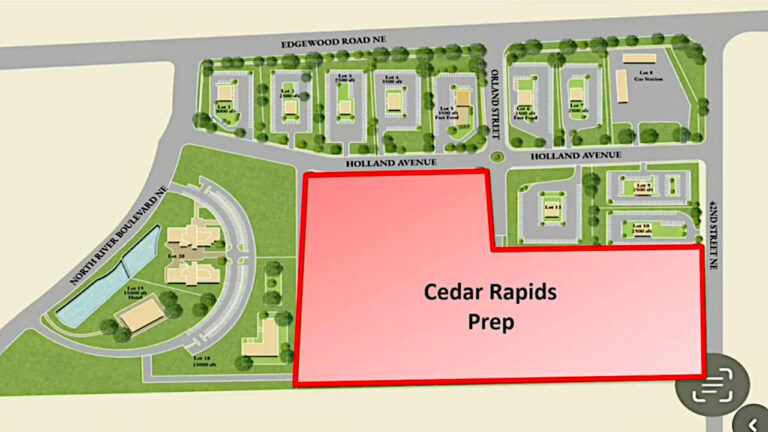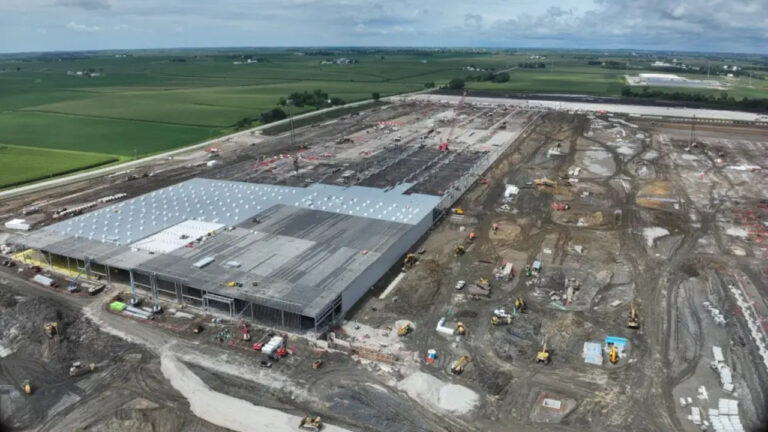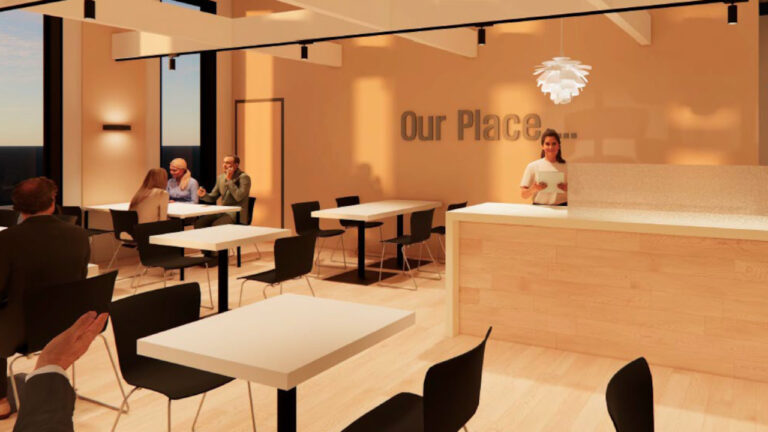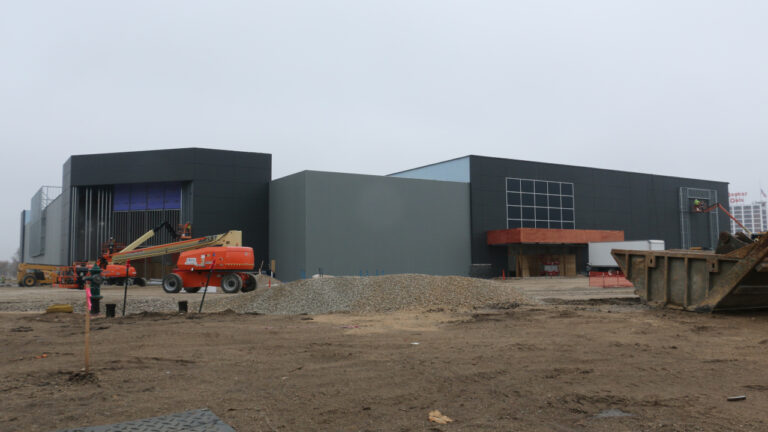A proposed $750 million data center development in southwest Cedar Rapids is set to supplant the proposed $576 million Google data center as the largest economic development project in the city’s history.
The project is being proposed by a Delaware developer identified as SNA LLC, but the ultimate owner and operator of the data center development hasn’t yet been publicly identified.
The project would be built in three phases along 76th Avenue SW, just west of the proposed Google project in the Big Cedar Industrial Site.
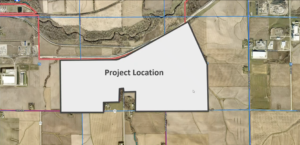
At its meeting Tuesday, the Cedar Rapids City Council approved a term sheet for the data center campus under the city’s Above Standard Economic Development Program.
Cedar Rapids economic development coordinator Scott Mather said the project would encompass 560 acres, with construction of the first phase set to begin within three years of the effective date of a development agreement. The second phase would commence within three years of the completion of the first phase. All phases would be completed within 25 years.
A number of financial incentives would be provided to the project, including a 20-year, 70% rebate of additional property taxes generated by each phase of the development. With an estimated $1 billion in local property taxes being generated from the project, roughly $529 million in property taxes would be returned to the company, officials said.
A 20-year, 75% economic development rebate of franchise fees per data center would also be provided, and in turn, the company would provide economic betterment payments to the city for development activities, including the growth of amenities and infrastructure.
Mr. Mather said those payments would be $300,000 per project phase, for 20 years apiece, with a maximum of $6 million per phase and $18 million in total.
The project would provide 15 to 30 high-paying jobs on an ongoing basis, but council members Marty Hoeger and Tyler Olson both stressed the construction trade jobs that would be created during the project’s development.
“With three to six years for these phases to be built up, the amount of trades that are going to be working out there for the next three to six years is not something to pass over lightly,” Mr. Hoeger said. “And once it’s open, these companies are going to hire subcontractors to do maintenance and lawn care and all those workforce jobs that we need in our community. It’s really a lot more than the 15 to 30 (jobs), and I think we really need to talk about that more when we do these presentations, because those are the people that live in our community and will be here for a long time.”
“We do need to talk about the trades more on those construction jobs, between the two data center projects alone, one alone, all the other projects that you bring to us on a meeting by meeting basis,” Mr. Olson added. “I would guess that there are going to be some folks that start as an apprentice on these job sites and maybe retire having worked their whole career on those sites. I don’t know the technical term of permanent, but I think that’s a pretty good one.”
Some concerns have been raised about the impact of data centers on the power grid, as well as the amount of water they would use for cooling. But officials said this project would utilize a closed-loop cooling system that, once charged, wouldn’t require ongoing water usage.
Between the proposed Google data center and the new data center proposal, nearly all 1,391 acres of the Big Cedar Industrial Center, owned by Alliant Energy, would be occupied.
A formal development agreement for the new data center project is expected to come before the council later this year.


